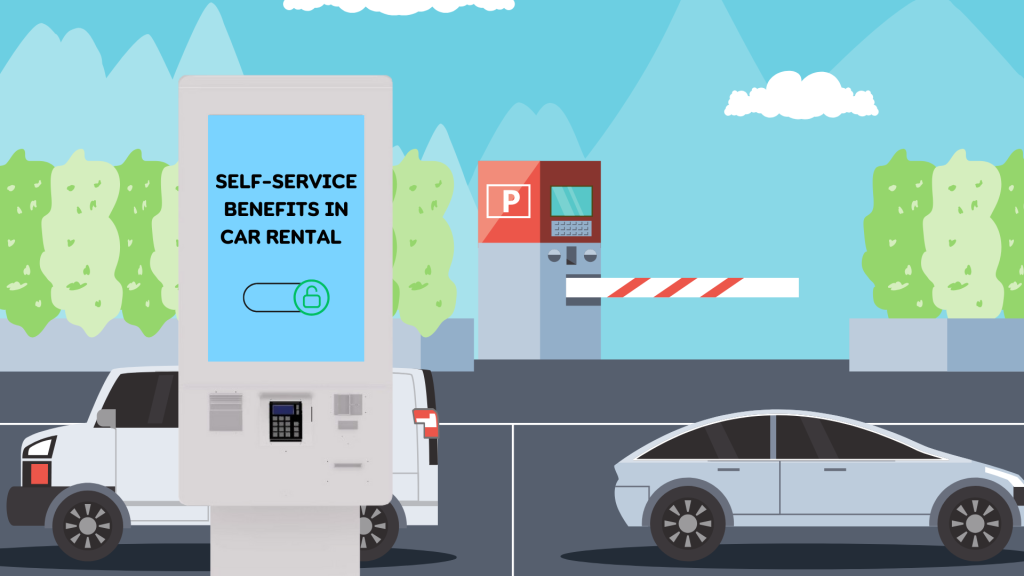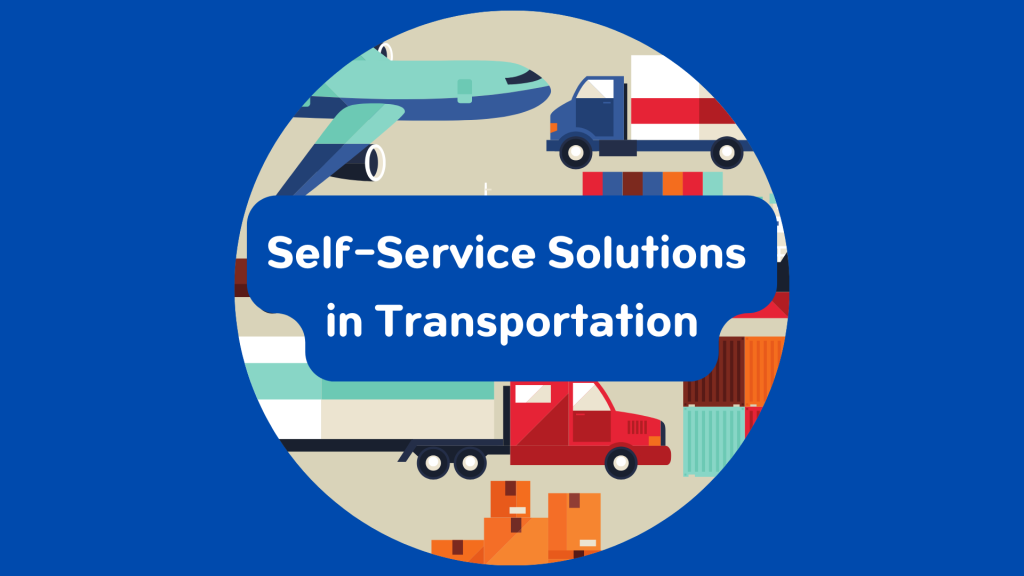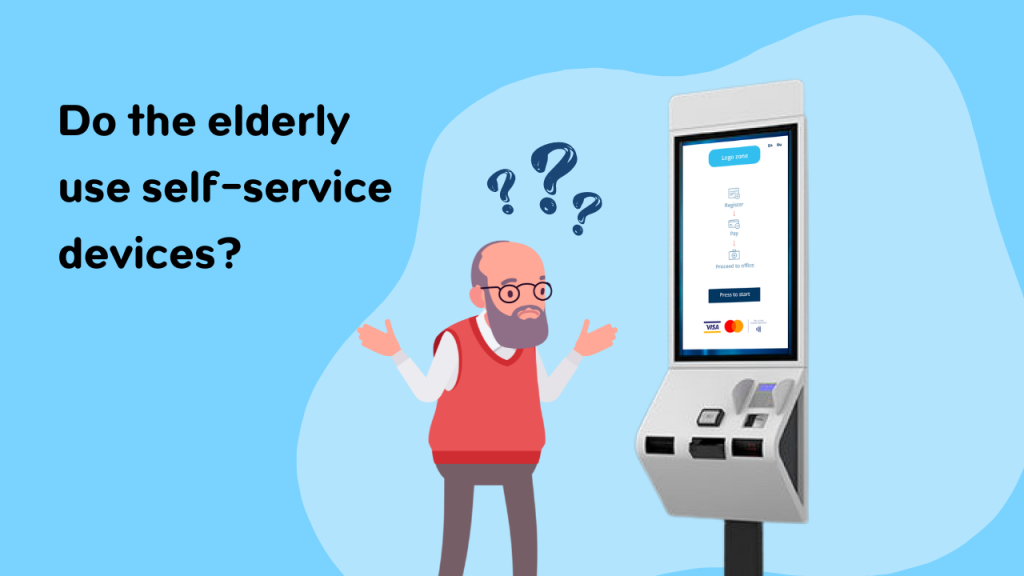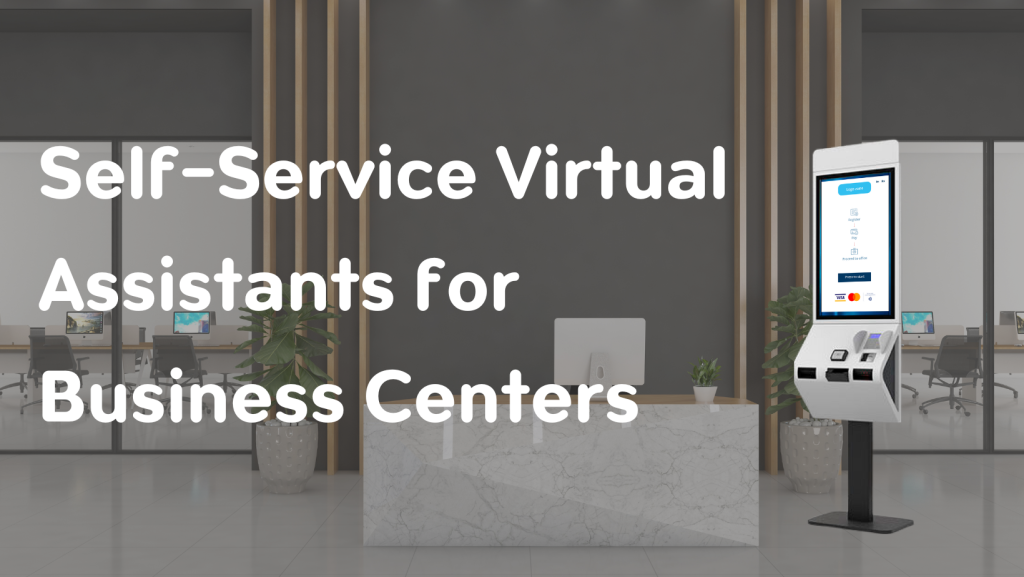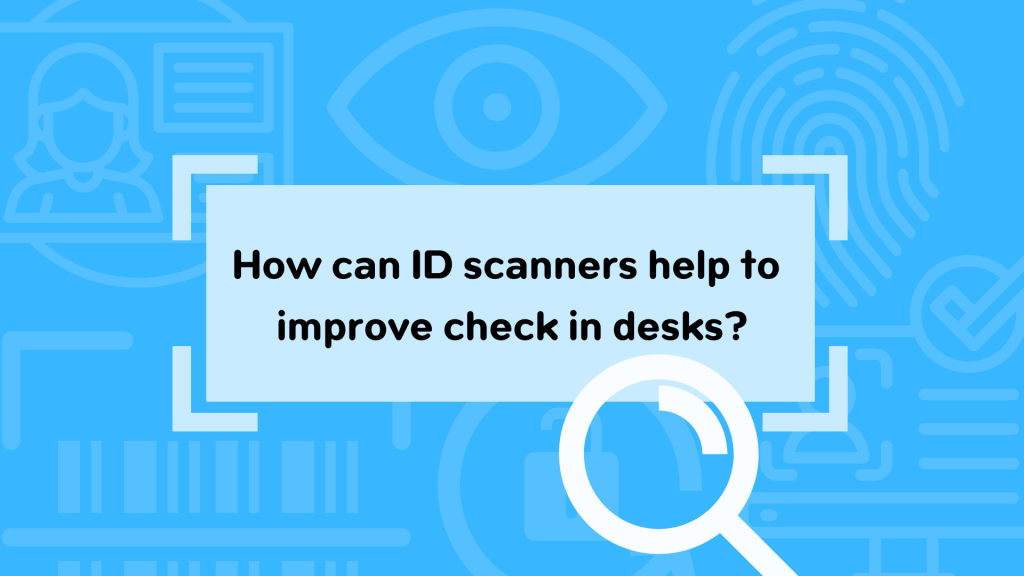Interactive digital kiosks are swiftly becoming a staple in various business sectors, including shopping malls and healthcare. Now, museums are recognizing their potential to enhance the visitor experience. These versatile and indispensable tools are gaining popularity worldwide, with the global interactive kiosk market valued at $14.76 billion in 2018, and it’s projected to soar to an impressive $32.5 billion by 2027.
In today’s world, marked by a heightened focus on health and safety, interactive digital kiosks have assumed an even more pivotal role. They allow businesses and organizations to continue their operations while minimizing human contact, a critical consideration in the current climate. Furthermore, these kiosks have a knack for boosting customer and visitor engagement, all while granting individuals the autonomy to explore and interact at their own pace.
Given these compelling advantages, the question arises: How can museums harness the potential of interactive digital kiosks to elevate the customer experience? In this article, we’ll navigate the intricacies of this transformation.
Functionalities for Self-Service Kiosks in Museums
- Ticketing and Entry: Self-service kiosks simplify the ticketing process, allowing visitors to purchase tickets, select exhibit preferences, and print or display e-tickets for entry. This reduces long lines and offers a seamless start to their museum journey.
- Interactive Maps: Kiosks can provide interactive maps with real-time information on exhibit locations, upcoming events, and points of interest within the museum like facilities. Visitors can easily plan their route and navigate the museum efficiently without the need to ask someone for directions thus getting a sense of independence.
- Audio Guides: Integrated audio guide functionalities allow visitors to select their preferred language and access detailed information about each exhibit, artist, or artifact. Self-service kiosks can be a good use not only as an extension of exhibits providing a more interactive experience but also as an administrative tool that helps with booking an audio guide as a part of ticketing and entry process. These guides can also provide supplementary multimedia content such as videos and interviews.
- Augmented Reality (AR): Some museums are incorporating AR experiences through self-service kiosks. Visitors can not only use their smartphones or AR glasses to enhance their understanding of exhibits with immersive content, animations, and historical reconstructions, but also use self service kiosks as a way to display features of augmented reality within the exhibitions.
- Virtual Tours: For remote or virtual visitors, museums can offer self-service kiosks equipped with virtual reality (VR) or 360-degree video experiences. This allows individuals to explore museum collections from distant locations. That can be helpful as an advertisement tool if a museum has many branches with different locations for each building. That way visitors can have a peek of what to expect in other museum’s branches as well.
- Membership and Donations: Visitors can conveniently sign up for museum memberships, renew existing ones, or make charitable donations via self-service kiosks, promoting ongoing support for the institution.
- Accessibility Features: Museums can cater to diverse audiences by incorporating accessibility features in kiosks, such as adjustable font sizes, audio descriptions, and sign language video guides.
- Visitor Feedback: Kiosks can gather visitor feedback through surveys or quick ratings, helping museums assess the quality of their exhibits and services for continuous improvement.
Benefits of Self-Service Kiosks in Museums
Implementing self-service kiosks in museums offers a range of benefits:
- Enhanced Visitor Experience: Self-service kiosks empower visitors to tailor their museum visits, providing a more personalized and engaging experience.
- Efficiency: Kiosks reduce lines and waiting times, allowing museums to serve more visitors efficiently, especially during peak hours.
- Accessibility: Kiosks can be equipped with features that make museums more accessible to people with disabilities, ensuring inclusivity.
- Cost Savings: Automating ticketing and certain information dissemination processes can reduce staffing needs, leading to potential cost savings.
- Data Insights: The data collected through kiosks can provide valuable insights into visitor preferences, helping museums refine their exhibits and services.
- Remote Engagement: Virtual and AR experiences expand a museum’s reach, allowing them to engage with remote or international audiences as well as helps with popularization of the museum.
In conclusion, interactive digital kiosks are not just a technological trend but a powerful tool that can significantly enhance the museum experience. By carefully integrating these kiosks into their facilities and curating engaging content, museums can attract more visitors, provide an immersive learning experience, and stay relevant in our increasingly digital world. Embracing this technology is not just a leap into the future; it’s an investment in the preservation and promotion of art, culture, and knowledge for generations to come.
To discuss self-service solution possibilities for your business, please get in touch with us today, and one of our team members will be more than happy to advise you!

